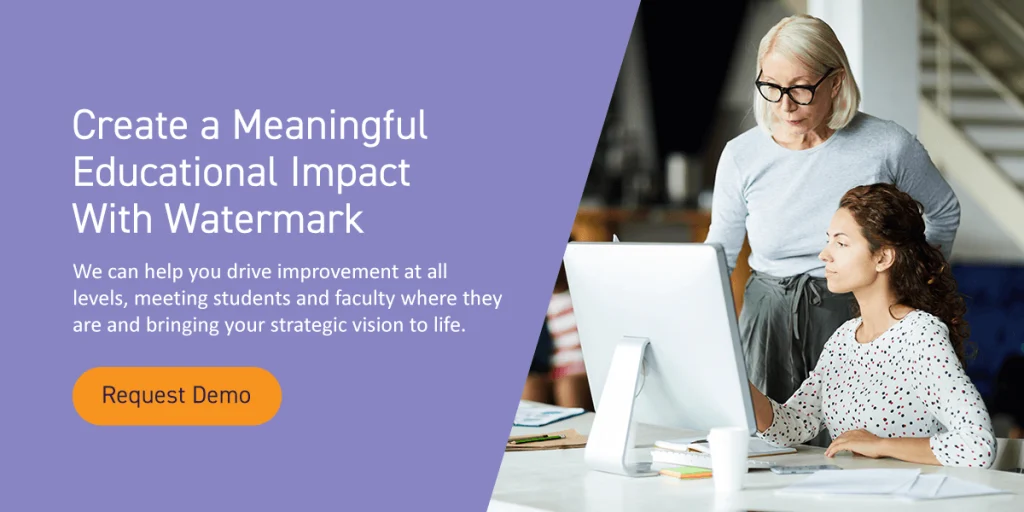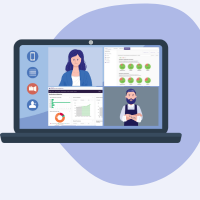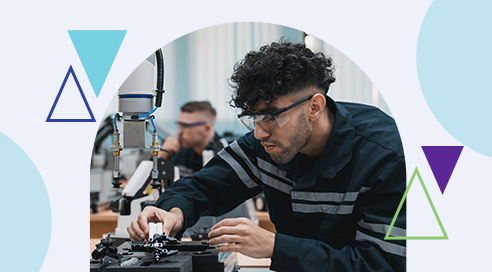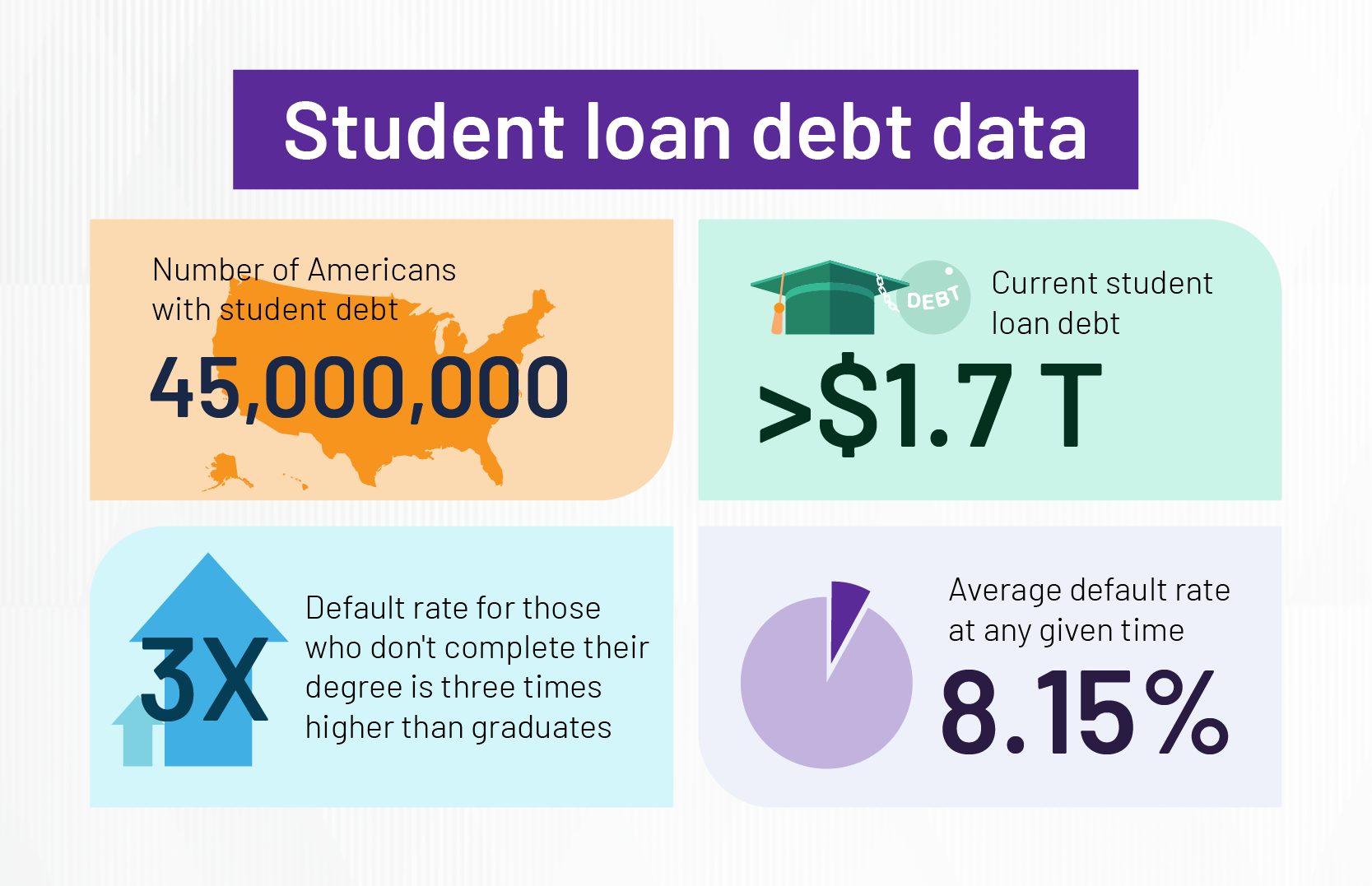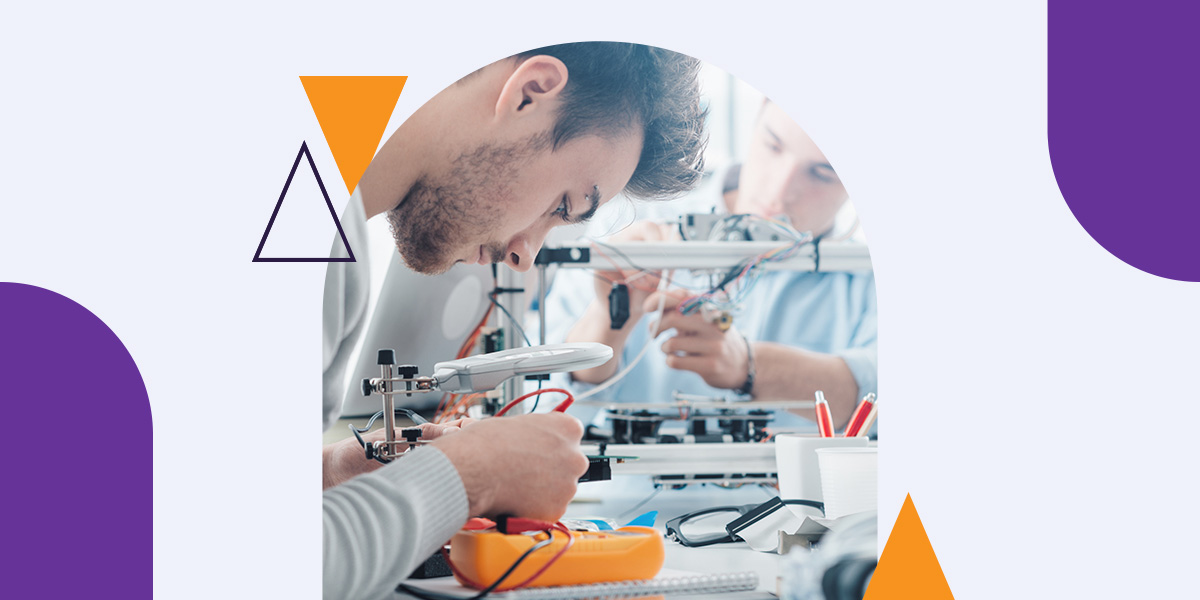
Recent years have been a watershed period for higher education, and educational impact technology has come to the fore in many higher education institutions. The COVID-19 pandemic necessitated integrating technology in teaching, and many of these changes are here to stay. In this regard, the pandemic has resulted in positive outcomes throughout the world of education.
Technology and educational impact are growing together like never before. Higher education institutions realize the benefits of going beyond the classroom and integrating robust educational impact suites that streamline operations, prioritize the student experience, and create meaningful changes in the community.
The benefits of using technology in education
More than 60% of students maintain that technology integrated into their learning since the onset of COVID-19 has improved their understanding, which speaks to the considerable impact in the classroom. However, student learning is only one of many areas that benefit from technological innovations. There’s an unmistakable link between educational impact and technology, from enrollment to degree completion. Here are some of the many reasons to implement technology in education.
- Providing an engaging learning environment: Technology continues revolutionizing our teaching and learning. It helps educators present information to students in formats that appeal to their learning styles, and collecting actionable data helps higher education institutions make a meaningful impact through strategic decision-making and communications outside the classroom. This engaging environment sparks curiosity, and students can take a proactive role in learning.
- Creating personalized learning opportunities: Through technology, students can learn at home, within the classroom, and in hybrid environments, and advanced analytics and reporting can assist institutions in identifying at-risk or struggling students and intervene to help them get back on track.
- Improving educator efficiency: Educators can leverage technology to achieve more productive and efficient outcomes, increase student support, and implement digital tools to expand student learning opportunities.
- Increasing collaboration: Collaborative skills are essential in the workplace, and using technology in education encourages students to develop teamwork and problem-solving skills. You can link classrooms and students worldwide, taking students beyond brick-and-mortar limitations. Partnership via innovative technology empowers educators to build a meaningful curriculum and connect it to an outcome-based education strategy.
- Taking education beyond exam results: Technology can provide students with opportunities to master a personalized, career-focused learning path. Engaging students outside the classroom with simple reminders to use all the tools at their disposal can enrich their learning experience, and customizable outcomes can boost student success on a holistic level, creating well-rounded and career-ready graduates.
- Meeting students where they are: Today’s students live with technology, so communicating in formats they’re comfortable with increases engagement and results in higher response rates.
- Supporting faculty professional growth: Technology allows institutions to track and manage faculty details, showcase their accomplishments, and support professional development beyond a simple CV.
- Leveraging assessment data: Student assessments result in massive data, but data only matters when you can use it. Actionable information shows institutions what works and what doesn’t, allowing decision-makers to identify opportunities to improve the student experience.
- Increasing enrollment and retention: Access to labor market and internal data can boost enrollment, as institutions can create coursework valuable to students and current industry trends. If students know they will cover work that improves their career opportunities, they will likely enroll and complete their degrees.
Ways to use technology to increase educational impact
Education technology and AI can streamline processes, personalize engagement with diverse student groups, and help educators build well-rounded curricula. There are many ways to leverage existing technology to boost educational impact.
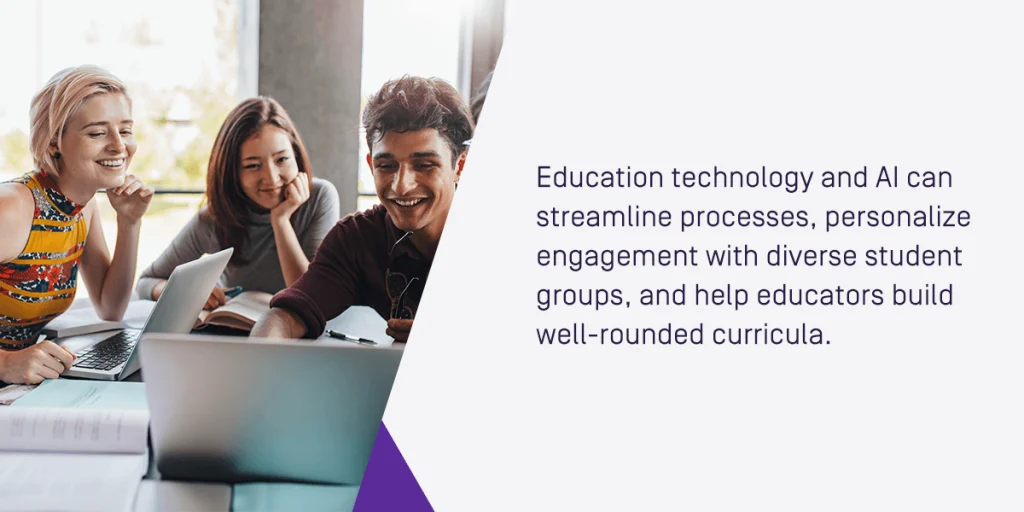
Enrich the classroom
Clear curriculum mapping strategies help institutions define in-classroom objectives so institutions can leverage technology to enrich the classroom experience. These digital tools can help educators deliver personalized instruction and guidance.
Create a culture of engagement, reflection, and action
Assessment is the backbone of institutional improvement. When you can gather, reflect on, and understand assessment data, you can drive student success and improvement, eliminate redundant tasks, and create a proactive culture of continuous improvement. Robust analytics and reporting capabilities allow institutions to develop strategic objectives, measure real-time progress, and make the necessary changes to boost student success.
Support underserved students and increase retention
Technology enables institutions to measure student success and accurately flag at-risk students to advisers who can intervene and provide underserved students with proactive support. Institutions can access a wealth of existing data and turn the information into actionable insights.
Education-centered innovations also turn the student experience into a collaborative one, as students can engage with their advisers and create a personalized plan for success. Advisors and educators can also take a more active role in monitoring student progress, sending helpful alerts and notifications.
Make success collaborative
Student feedback is essential for continuous improvement. Leverage technology to make it easy for students to share their thoughts from anywhere, so you can use these insights to inform decision-making. Create custom surveys that speak to your institutional goals and standards and generate powerful reports to monitor areas that work and improve areas that require more attention.
Prepare students for successful careers
Higher education institutions should serve students long after graduation. Technology can help you elevate your assessment processes and take them beyond the classroom throughout the program. Administrators and educators can track student progress through field placement for internships and enable students to share their experiences with prospective employers. Students can go beyond what they learn in the classroom and leave the academic world with confidence.
Combine technologies and create one comprehensive Educational Impact Suite
Education technology is at its most powerful when all the elements work together. Your collaborative tools, like accreditation reporting, assessment planning, and early warning systems for student success, form a robust digital strategy for addressing challenges in education. However, you can leverage technology to see deeper into the whole picture. You can see beyond the data and analyze your genuine impact.
A powerful educational impact suite gives institutions all the tools they need to make a meaningful difference, from automating repetitive tasks so you can focus on student success to elevating the in-classroom experience with actionable insights. The relevant education professionals can access all the data they need from one centralized insights hub, allowing meaningful changes at every level.
Create meaningful educational impact with Watermark
Today’s educational environment requires higher education institutions to address unique challenges, and innovative, purpose-built technology can change how institutions operate and drive student success. Watermark offers a full-featured educational impact suite that helps academic and non-academic departments evaluate and improve processes, courses, and student engagement strategies to make the most meaningful impact.
We can help you drive improvement at all levels, meeting students and faculty where they are and bringing your strategic vision to life. Request a demo today to see how we can help you boost student success.
